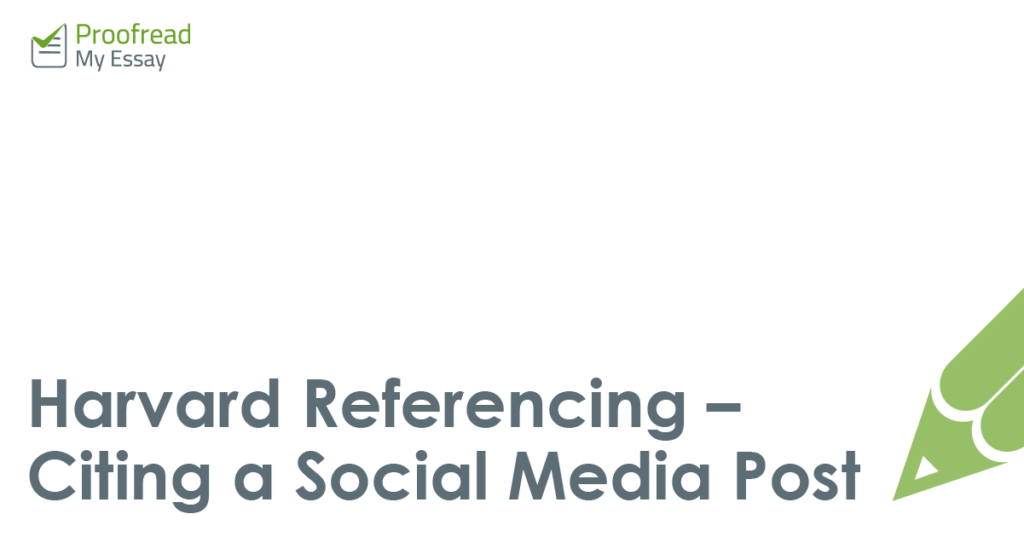Find yourself distracted by Facebook and Twitter when researching an essay? You’re not alone. But sometimes social media has a place in academic writing. You might even need to cite it! In this post, we look at when (and how) to cite a social media post with Harvard referencing.
When to Cite Social Media
It should go without saying that traditional sources are preferred in academic writing. If you find something mentioned on social media, you’re usually better off looking for a published source (e.g. a book or journal article) to cite.
But while Twitter rants and Facebook posts are not proper academic sources, social media plays a huge role in the modern world. As such, you may need to cite a post when discussing public reactions to particular events (or analysing social media itself).
In-Text Citations
To do this with Harvard referencing, you cite the author’s surname (or an organisation name) and a year of publication:
The founder of Tesla tweeted that ‘chemtrails are actually a message from time-traveling aliens describing the secret of teleportation’ (Musk, 2017).
Since social media posts don’t have page numbers, no pinpoint reference is required. However, if you’re citing a long post, you may want to include a paragraph number when quoting a source.
Reference List
In the reference list, you need to give enough information for the reader to quickly find the post cited. We recommend using the following format:
Find this useful?
Subscribe to our newsletter and get writing tips from our editors straight to your inbox.
Surname, Initial(s). (Year) Title of Post/Excerpt, Day and Month [Social Media Platform]. Available at URL [Accessed date].
The ‘title’ is the trickiest bit, since most social media posts don’t have one. Instead, give an excerpt (around forty words) from the start of the post.
In the case of the tweet cited above, we would actually include the full text:
Musk, E. (2017) Technology breakthrough: turns out chemtrails are actually a message from time-traveling aliens describing the secret of teleportation, 1 April [Twitter]. Available at https://twitter.com/elonmusk/status/848243350993895424 [Accessed 18 April 2017].
Make sure to link directly to the post you’re citing, not just the account that posted it.
Checking Your Style Guide
Finally, a quick warning to check your style guide: there are many variations of Harvard referencing, so the format your university uses might differ slightly from the one described here. And don’t forget to have your work checked by the academic writing experts before submitting it for marking.
